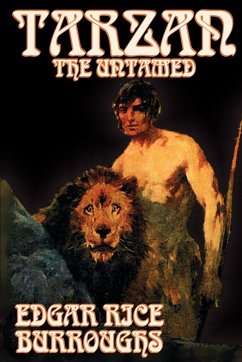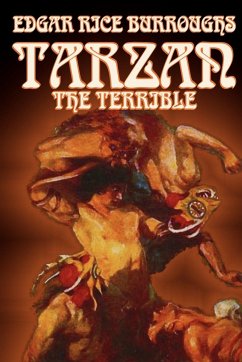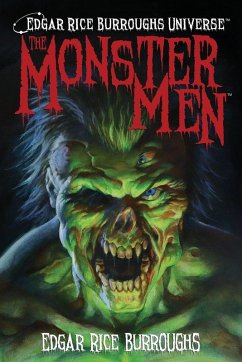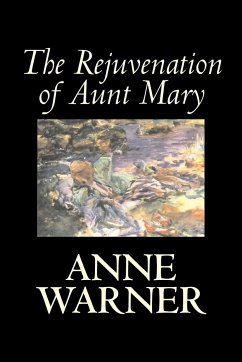
The Return of Tarzan by Edgar Rice Burroughs, Fiction, Literary, Action & Adventure
Versandkostenfrei!
Versandfertig in 1-2 Wochen
20,99 €
inkl. MwSt.

PAYBACK Punkte
10 °P sammeln!
At the start of this volume, Tarzan knows his inheritance as an English lord, but is determined to hide that since he truly believes that his cousin, William Cecil Clayton, would make a better lord and husband for his beloved Jane. He gets involved with a married Russian countess (there's a plan! -- oh, sure) who has issues with her criminal brother (Nicholas Rokoff -- a real villain, naturally, who becomes a regular in the series) and her older husband. As a consequence of his interaction with brother, Tarzan is lured into a room where he is attacked by a dozen Paris muggers. The scene that d...
At the start of this volume, Tarzan knows his inheritance as an English lord, but is determined to hide that since he truly believes that his cousin, William Cecil Clayton, would make a better lord and husband for his beloved Jane. He gets involved with a married Russian countess (there's a plan! -- oh, sure) who has issues with her criminal brother (Nicholas Rokoff -- a real villain, naturally, who becomes a regular in the series) and her older husband. As a consequence of his interaction with brother, Tarzan is lured into a room where he is attacked by a dozen Paris muggers. The scene that details this mugging is one of the great chapters in the literature of muggings. Tarzan fondly recalls his childhood and his foster ape mother with a friend, D'Arnot: "To you my friend, she would have appeared a hideous and ugly creature, but to me she was beautiful -- so gloriously does love transfigure its object."












